When you’re using your drill, the last thing you want to happen is for it to spark! This can be unnerving and a little bit dangerous. But when it does happen, don’t panic – just understand why your drill is sparking and use some of the handy tips we’ll provide in this guide on why my drill spark.
Common Reasons a Cordless Drill Sparks
Sparking from a cordless drill is usually caused by the following issues:
- A worn out set of carbon brushes. Brush wear can be identified as sparking coming from the drill body, rather than the area around the chuck (the part where drill bits attach). It’s also typically accompanied by a burning smell.
- A damaged or worn out motor. This can be identified by a greater amount of sparking, accompanied by grinding noises.
- An overloaded battery pack. Overloading the battery pack can cause a drop in voltage to the motor, resulting in sparking and decreased performance from the drill.
- Buildup of dust or debris on internal parts of the drill. If dust or debris accumulates on the internal parts of the drill, it can reduce its performance and cause sparking.
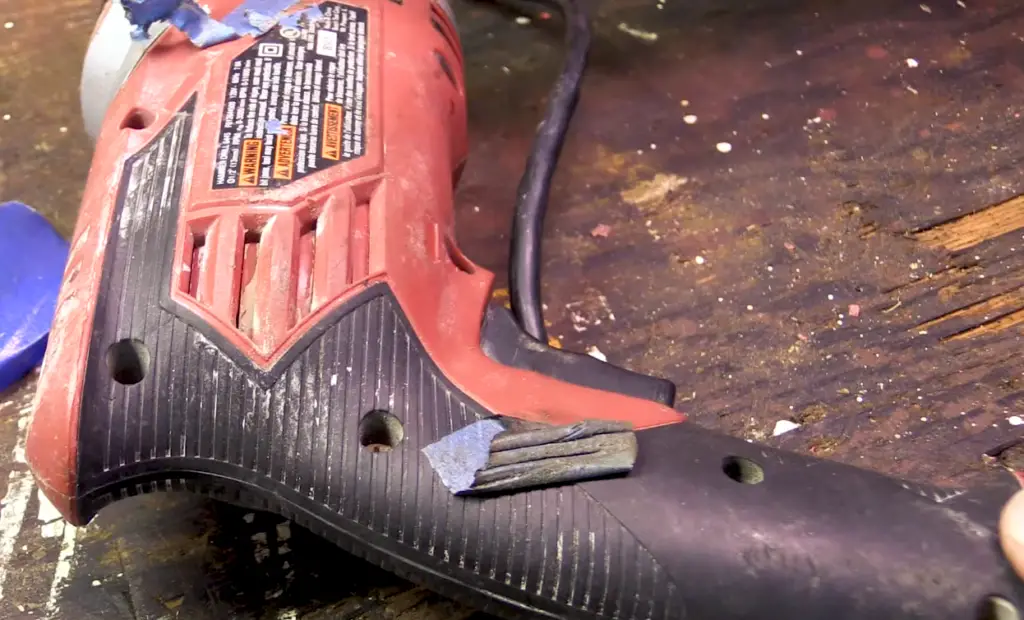
Cordless Drill Sparking When it Starts and Stops
This can be a sign of several things, but usually indicates an issue with the battery or motor. It’s important to identify what the underlying issue is in order to best address the problem and ensure your drill is functioning properly.
In this guide, we’ll cover the most common causes of sparking in cordless drills, as well as some tips for troubleshooting and fixing the problem. By understanding what’s causing the sparks and how to address them, you’ll be able to keep your drill running safely and efficiently.
Carbon Brushes Passing by Commutator
If this is the cause of your sparking, then you may be able to address the issue with a simple brush replacement. Replacing the carbon brushes in your cordless drill should help reduce or eliminate the sparks when starting and stopping. You can also look into replacing the motor itself, as well as any worn-out parts in order to ensure your drill is functioning properly.
Carbon Brushes Just Breaking In
It’s also possible that your drill is sparking because the carbon brushes are just breaking in. Carbon brushes need to be broken in before they can be used properly, and during this process, some sparks may occur as the brushes spin against the commutator. This should stop after a few minutes of use, but if it doesn’t, then you’ll want to inspect your drill for any underlying issues.
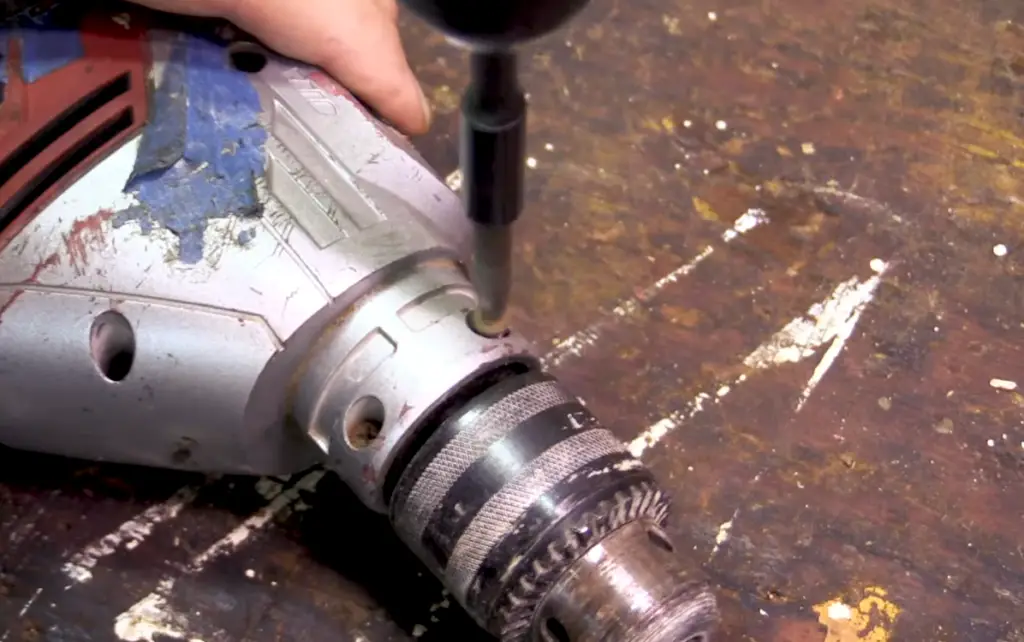
If you’ve recently replaced the carbon brushes on your cordless drill, then it’s possible that they just need some time to break in properly. In this case, use the drill for a few minutes and see if the sparks go away.
Reasons For Dangerous Cordless Drill Sparking
If you’re noticing sparks that are more severe than the usual start-up and stop sparks, then there may be an issue with the motor or battery that needs to be addressed. In these cases, take your drill to a professional for repair or replacement of the parts that are causing the issue.
Sparking can also be a sign of an overloaded motor or battery, so make sure you’re not using your drill for projects that require more power than it can provide. And if you do need to use your cordless drill for heavier-duty tasks, look into getting a more powerful model that is designed for those specific needs.
Why are Smoke and Sparks Coming From Cordless Drill?
This could be a sign of an issue with either the motor or battery, and should be addressed as soon as possible. Smoke can indicate that there is a problem with the wiring or insulation of the drill, while spark can indicate an issue with the carbon brushes or commutator. In either case, the issue should be inspected and addressed by a qualified technician.
If you’re seeing smoke coming from your drill, then it’s best to unplug it immediately and take it in for repair. Don’t try to use the drill with any of these issues present, as this can cause further damage and put you at risk of electric shock. A qualified technician should be able to diagnose and fix the issue quickly, ensuring your drill is functioning properly and safely.
Cordless Drill Battery Shorting
Another common cause of sparking in cordless drills is a shorting out battery. This happens when the internal wiring of the battery shorts out, causing electrical current to flow unchecked and creating sparks. If this is happening with your drill, then it’s important to get it inspected by a professional before attempting any repairs yourself.
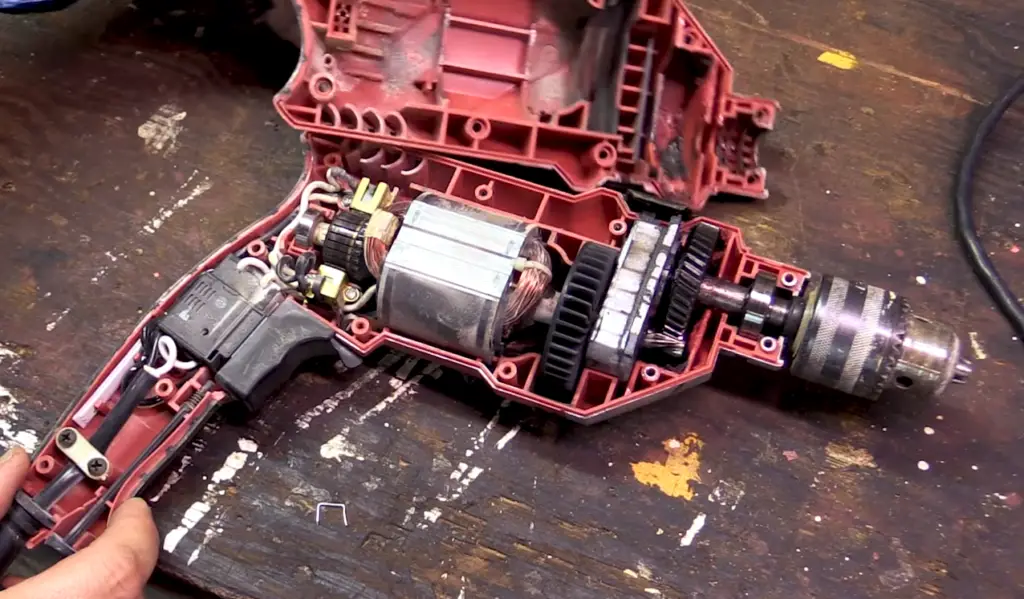
Replacing a shorted out battery can be a difficult task, depending on the make and model of your drill. It’s best to take it in for repair if you’re not sure how to handle the situation or don’t feel comfortable tackling the project yourself. A qualified technician should be able to inspect your drill and replace any faulty parts quickly and efficiently.
Cordless Drill Brushes Defective
In some cases, the issue may be with the carbon brushes themselves. If they are worn or defective, they can cause sparking when used in your drill. Replacing the brushes is usually an easy task and can help reduce or eliminate any sparks.
It’s also a good idea to inspect the commutator for any signs of wear or damage. If the commutator is worn, it is crucial to replace it to guarantee the proper and safe functioning of your drill. Taking the time to inspect and replace any faulty parts can help keep your drill running as effectively as possible.
How To Maintain Your Cordless Drill and Prevent Sparking
Regularly inspect and clean the carbon brushes, as well as any parts that come into contact with them. Make sure you keep an eye on the battery for any signs of damage, and replace worn out parts as soon as possible.
It’s also a good idea to read the owner’s manual for your drill and familiarize yourself with the proper maintenance procedures. Doing so will ensure that you are taking care of your cordless drill properly and prevent any sparks from occurring. Taking the time to properly maintain and inspect your drill can make all the difference in its performance and longevity.
In addition to regular maintenance, it’s important to use your drill for the tasks that it was designed for. Overloading a drill can cause sparking or damage to the motor and battery, so ensure you’re using the appropriate tool for your projects. Doing so will keep your drill running efficiently and safely, ensuring you get the most out of your investment.
Oil Your Cordless Drill
When using a cordless drill, it’s important to make sure that all the moving parts are properly lubricated. Over time, these parts can dry out and wear down, leading to excessive sparking or motor failure. Make sure you regularly inspect your drill for any signs of wear or damage, and apply oil as necessary.
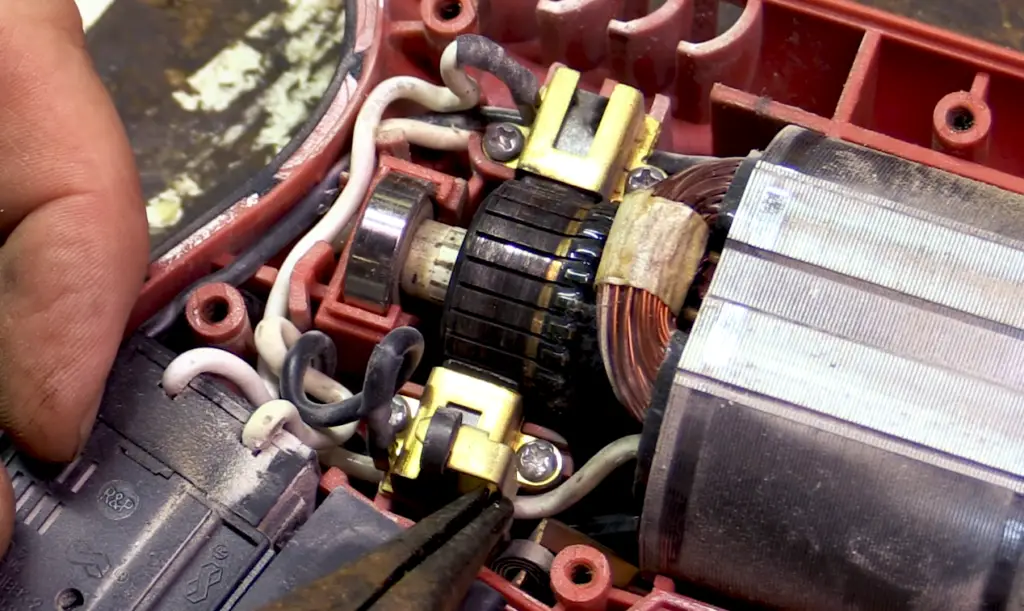
You should also try to keep your drill clean and free of dust or debris. This will ensure that the internal components are running as efficiently as possible, reducing the risk of sparking or other problems. Taking the time to properly maintain your drill can help make sure it runs safely and effectively for years to come.
Avoid Overworking Your Cordless Drill
As cordless drills are designed for lighter-duty tasks, it’s important to not overload them. Using a cordless drill in applications that require more power than it can generate can cause the motor or battery to overheat and spark, leading to serious damage. If you do need to use your drill for heavier-duty tasks, look into getting a more powerful model that is designed for those specific needs.
In addition, it’s important to avoid using a cordless drill for too long at one time. Make sure you take regular breaks when using your cordless drill, and ensure to unplug it when not in use.
Run Your Drill With a Full Battery
Another important factor is the battery. Ensure you always use a fully charged battery, as this will ensure optimal performance and reduce the risk of sparking or other problems. It’s also a good idea to inspect your battery for any signs of wear or damage before each use, and replace it if necessary.
Overall, understanding why your drill is sparking is the first step in being able to diagnose and fix the issue quickly, ensuring your drill is functioning properly and safely. Taking the time to inspect and maintain your drill, as well as use it for its intended purpose, can go a long way towards reducing any sparks that occur while using it. Additionally, running your drill with a full battery and avoiding overworking it are also important factors to consider when avoiding sparking in your cordless drill. With the right precautions, you should be able to use your drill safely and efficiently for years to come.
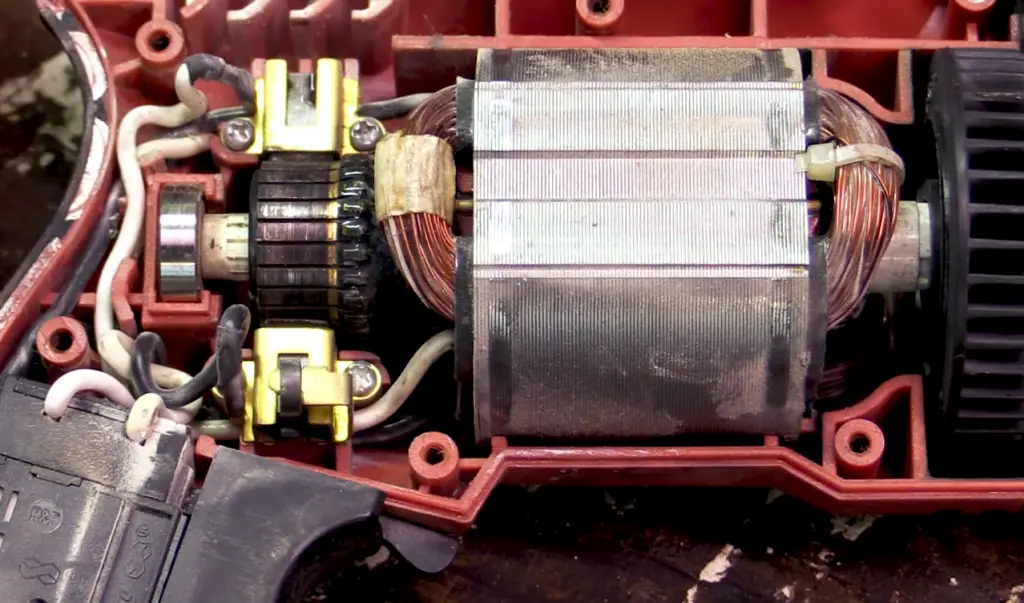
Why You Should Only Use Sharp Drill Bits
Dull drill bits can cause excess friction and heat buildup, which can lead to sparks or other problems. Additionally, sharp bits will ensure that your drill is running as efficiently as possible, reducing wear on the motor and battery and extending their longevity.
When buying drill bits, it’s important to ensure that they are the right type and size for your cordless drill. Using an incorrect size can cause sparks or even damage to the motor and battery, so double-check before getting started. Additionally, make sure you inspect your drill bits regularly for any signs of wear or damage, and replace them as soon as you notice any issues.
Tips for Troubleshooting Cordless Drill Sparks
When a drill starts to spark, it’s a sign that something is wrong. It could be because of an electrical issue in the cordless battery, or it could be because of a mechanical issue with the drill itself. Here are some tips for troubleshooting and fixing any sparks coming from your cordless drill:
- Check the batteries: Start by checking the batteries in your cordless drill. Ensure they are properly inserted into the drill and that they have enough power. If necessary, replace them with new ones to ensure your drill is running efficiently.
- Inspect the brushes: The brushes inside the drill can sometimes wear down or become clogged with dust and dirt. Clean any debris out of the brushes and inspect them for any wear or damage. Ensure they are still in good condition and not warped before continuing to the next step.
- Check the chuck: The chuck is responsible for holding the bit in place when you’re drilling. If it’s dirty or clogged, it can cause sparking as well. Clean out any debris that might be stuck inside the chuck and check for any damage.
- Replace the cord: If your drill is still sparking, it may be time to replace the cord. A damaged cord can cause sparks and other power issues with your drill. Use a properly rated replacement cord to ensure your safety when using the tool. [2]
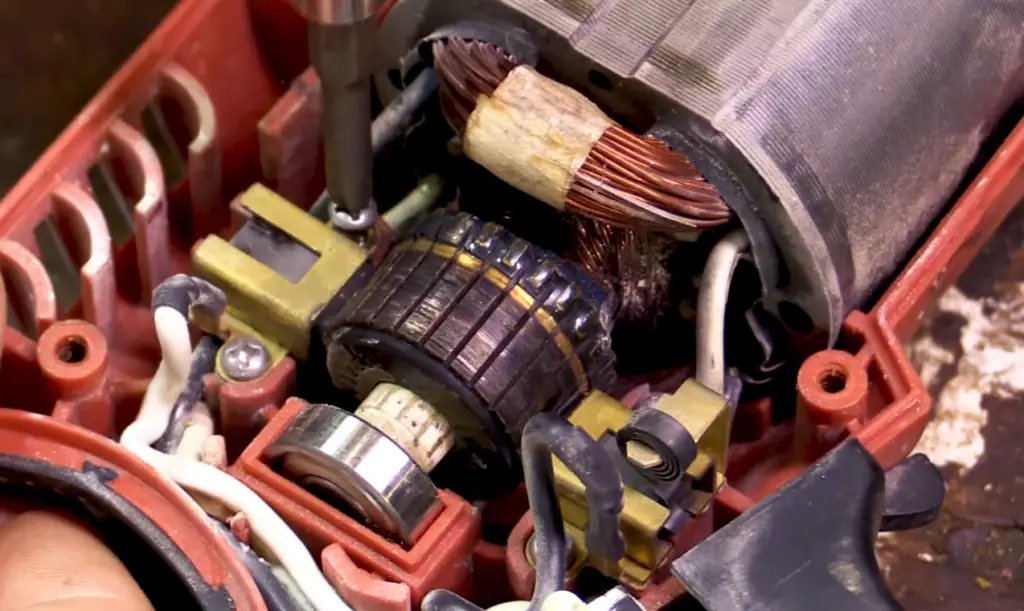
With the right care and maintenance, you can keep your drill in good working condition for years to come.
FAQ
How do you stop a drill from sparking?
Check the power cord and ensure it is not worn out, as this could be the cause of your problem. Additionally, check the brushes on the inside of your drill to see if they are wearing out or need replacing. If they do, replace them according to the manufacturer’s instructions.
If your drill is still sparking, you may need to clean out the carbon deposits that have built up inside the drill. To do this, you should use tools such as a vacuum and brush attachment or compressed air to clear away any debris. Additionally, use an oil-based lubricant on any moving parts of the drill. This will reduce friction and keep the drill running smoothly.
Lastly, you should check the armature of your drill to ensure that it is not bent or damaged. If it is, take the necessary steps to replace it as this can cause sparking. Taking the time to properly care for your drill will ensure that it runs efficiently and safely. [3]
Why does my drill keep sparking?
It can be pretty alarming to see sparks flying while you’re using your drill, especially if it’s a new one. But don’t worry! In most cases, there is nothing wrong with the drill and the sparking is normal. Here are some common reasons for sparking during use:
- Friction – When excessive friction is present on the bit, it can create a spark. To prevent this from happening, make sure you check your drill bit for wear and tear before using it. Use the proper bit type for the material you’re drilling through- metal bits should only be used for drilling into metal and wood bits for wood materials.
- Overheating – When a bit continues to spin at high speeds, it can cause the motor in the drill to overheat and spark. If it is overheating, unplug it and let it cool down before continuing.
- Clogged Drill Bits – When a drill bit becomes clogged with debris or other materials, it can create friction which generates sparks. To prevent this from happening, always keep your drill bit clean and free of any debris.
- Loose Drill Bits – If the drill bit is not securely fastened in the chuck, it can cause sparks. Check that the drill bit is tightly secured before drilling into any material. [4]
If you are still having problems with your drill sparking, be sure to consult the manual that came with it or take it to a professional for inspection. With these tips in mind, you should have no problem figuring out why your drill is sparking and getting back to work!
Why is my drill sparking and smoking?
If your drill is sparking and smoking, it could mean that the motor has burned out or something is wrong with the wiring. It could also be caused by a faulty switch, broken armature, damaged cord or frayed cables. The problem may be hard to find since these components are hidden within the body of the drill. To make sure your safety, you should always unplug the power from the drill before attempting to diagnose the problem.
It is important to understand that sparking in an electric device usually indicates a short circuit. To avoid this, you should never use a drill near combustible materials or liquids as they can easily ignite and even cause serious injury. It’s also best to avoid using any extension cords with your drill as they can easily become overloaded.
If the sparking persists, you should take your drill to a repair shop or contact the manufacturer for further assistance. It’s also wise to examine the plug and cord periodically for signs of wear and tear. Worn plugs can create sparks that may ignite nearby materials, so it’s important to have them replaced if necessary.
If you’re using a cordless drill, the issue may be related to its battery. Make sure that the battery is fully charged and not damaged in any way before using it again. Also, check the brushes of your drill to make sure they are clean and undamaged. If there is excessive wear on them, it could cause sparking when operating at high speeds.
To prevent sparking, it’s always important to follow the manufacturer’s instructions for safety and maintenance when using your drill. Be sure to read the user manual thoroughly to determine the appropriate way to use and care for your tool. Additionally, if you ever have any doubts about its performance or safety features, don’t hesitate to contact a professional technician for help.
Why does my drill smell like it’s burning?
Drills can spark and smell like it’s burning, which is due to the electric current passing through the motor and sparking against the sides of your drill bit. This happens when you press too hard or try to drill into a material that’s too hard for your drill. The sparks, smoke, and smell are all signs that you should stop drilling and give your drill a break.
If you are using a cordless drill and smell burning, it could be caused by an issue with the battery. Make sure that you have fully charged the battery before attempting to use your drill again. If this doesn’t solve the problem, it may be time to replace the battery or take your drill in for service from a professional technician. [5]
Useful Video: Your Drill Spews Sparks? You Can Fix That.
Conclusion
If you find that your drill is sparking, it can be concerning — but if you know why it’s happening, then you can take steps to make sure the issue gets resolved. In this guide, we explored some of the most common reasons your drill may be sparking and provided useful tips to prevent sparks from occurring in the future. Remember to always take safety precautions when using power tools, and if the sparks don’t seem to be going away after you’ve taken steps to address them, consult a professional.
By understanding why your drill is sparking, you can take steps to ensure that it doesn’t happen again. If regular maintenance and cleaning of your drill still fail to improve performance, make sure to consult a professional. They will diagnose the issue and offer more advanced solutions. With the right knowledge and maintenance steps, your drill should be back up and running in no time!
Happy drilling!
References
- https://thediyplan.com/my-cordless-drill-sparking/
- https://www.hunker.com/13402931/is-my-drill-supposed-to-spark
- https://www.ereplacementparts.com/repair-center/power-tool/electric-drill/excessive-sparks-from-motor/
- https://diy.stackexchange.com/questions/94987/is-it-okay-to-have-sparks-inside-drill-machines
- https://www.grainger.com/know-how/equipment-information/kh-diagnosing-power-tool-problems-five-warning-signs






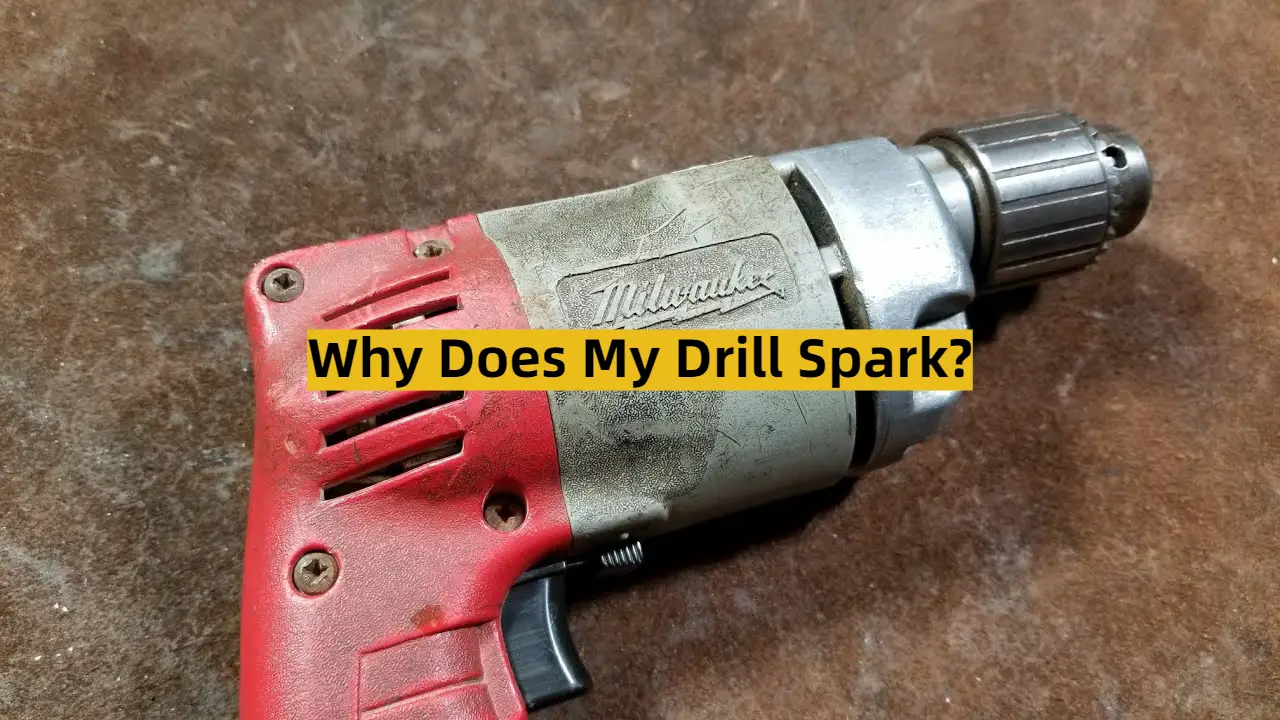




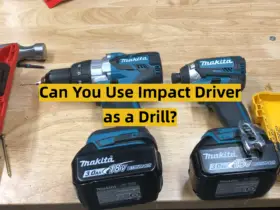
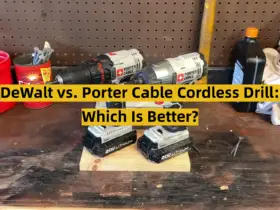
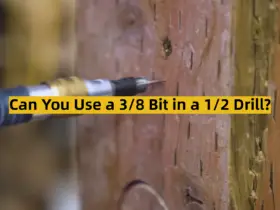
Leave a Reply